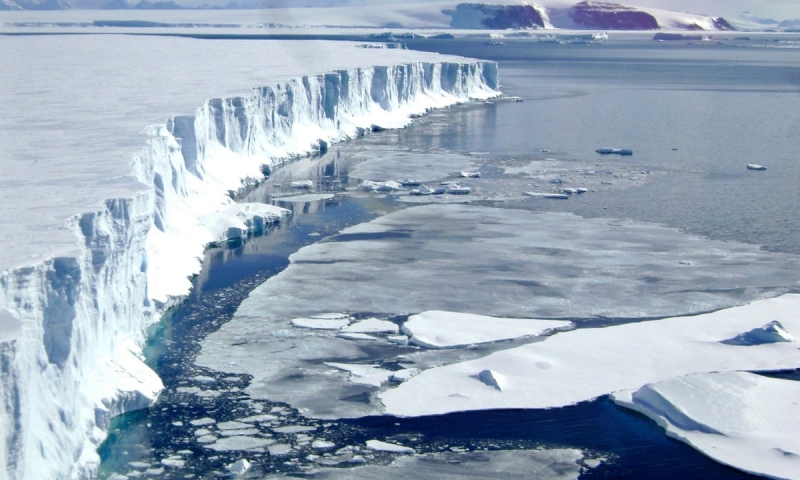Shrinking glaciers have created a new normal for Greenland’s ice sheet – consistent ice loss for the foreseeable future

Greenland is the largest island on Earth, and about 80% of it is covered by a giant sheet of ice. Slowly flowing glaciers connect this massive frozen reservoir of fresh water to the ocean, but because of climate change, these glaciers are rapidly retreating.
For years, scientists have watched as glaciers around the world retreat. But our research has found that the glaciers along the edge of Greenland have retreated so much that they no longer keep the ice sheet that feeds them in balance.
As the glaciers retreat up valleys, they flow faster and bring more ice from inland to the sea. Imagine a traffic jam: When a highway is jampacked with cars – or ice – it flows slowly. But as the jam or glacier gets smaller, the number of cars, or the amount of ice, that can flow by in a given time increases.
A persistent state of loss
Ocean and air temperatures have strong effects on glaciers. Both ocean and air temperatures are rising. For Greenland’s glaciers, the warming ocean is the biggest cause of glacial retreat. On average the glaciers have retreated about 3 kilometers since the mid-1980s, with most of this retreat occurring between 2000 and 2005.
The ice sheet is now in a new, unbalanced state of persistent mass loss. Before the year 2000, ice loss roughly equaled the ice added from snowfall, so the ice sheet was stable. Now, ice mass losses consistently exceed mass gains – even in the coolest years of relatively high snow accumulation. The glaciers used to act as an important traffic jam, keeping ice loss in check.
Warmer air temperatures have also increased surface melt. Given all these factors, scientists estimate that the ice sheet may see a mass gain year only once a century.
In serious trouble, but not yet doomed
At this point, the fate of the ice sheet simply depends on whether it is melting faster than it grows from snowfall. In a warm world where climate change is not addressed, the ice sheet will slowly melt and ultimately disappear. But if climate change is controlled and cooler temperatures are maintained for a prolonged period, it is possible that the Greenland ice sheet could regrow. That day may be hundreds of years into the future, but it is actions made today that will decide the fate of Greenland’s ice sheet.